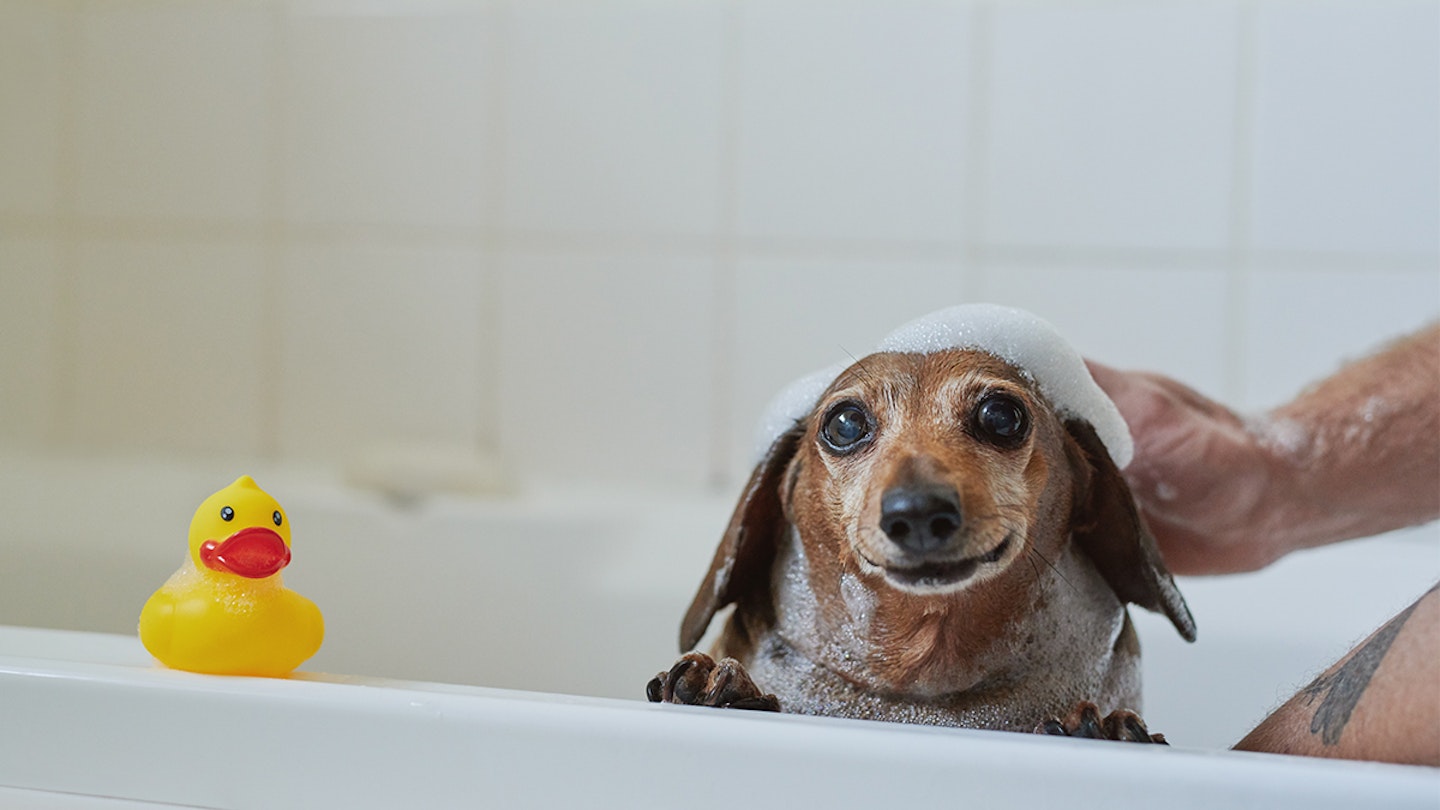
How to Shampoo a Dog for Optimal Health and Cleanliness
Share
Every health-conscious pet owner understands the importance of keeping their furry friend clean and well-groomed. Not only does regular bathing make your dog smell better, but it also brings a host of health benefits, from removing dirt and parasites to preventing skin conditions.

Why Shampooing Your Dog Is Important
Shampooing your dog is more than just a hygiene practiceit's essential for their overall well-being. Dogs need regular baths to eliminate dirt, allergens, and dead hair from their coats.

Choosing the Right Shampoo
What to Look For in Dog Shampoo
Not all shampoos are created equal. When choosing the best shampoo for your dog, ensure it is free of harmful chemicals and specifically formulated for canine use. Avoid ingredients such as sulfates, parabens, and artificial fragrances, which can irritate your dogs skin.
For more tips on selecting the right shampoo, check out What dog shampoo is bad.
Shampoo for Different Skin Types
Different dogs have different needs. For instance, dogs with itchy skin will benefit from a soothing formula like oatmeal-based shampoos. Read Homemade shampoo for itchy skin to learn how to make shampoos at home.

The Step-by-Step Guide to Shampooing Your Dog
Prepping for the Bath
Before you commence the bath, gather all the necessary supplies including shampoo, towels, a brush, and non-slip mats. This ensures that the bathing process goes smoothly.
Brushing Before Bathing
It is advisable to brush your dog's coat before wetting them. This removes loose fur and detangles the coat, making the shampooing process more effective.
Wetting Your Dog
Use lukewarm water to wet your dog thoroughly. Make sure the water is not too hot or too cold as this can cause discomfort to your pet.
Applying the Shampoo
Squeeze a small amount of dog shampoo into your hands and lather it evenly across your dog's body, avoiding the eyes and inside of the ears. Massage the shampoo deep into the fur to reach the skin.
Rinsing Thoroughly
Rinse your dog thoroughly to ensure no shampoo residue is left behind, as it can irritate the skin. Check areas around the ears, belly, and paws meticulously.
Drying Your Dog
Use a clean, dry towel to pat your dog dry. For long-haired breeds, you might need a blow dryer on a low heat setting. To know how often you should bathe your dog, visit How often can you bathe.

Post-Bath Care
After bathing, make sure to reward your dog with treats and praise. Check for any signs of skin irritation or unusual behavior that may indicate an allergic reaction to the shampoo.
Common Mistakes to Avoid
Using Human Shampoo
Human shampoos are formulated differently and can harm your dogs skin. Always use pet-specific shampoos for bathing your canine friend.
Not Rinsing Properly
Leaving shampoo residue on your dog's skin can cause irritation and itching. Make sure to rinse until the water runs clear.
Over-Bathing
Bathing your dog too frequently can strip natural oils from their skin, leading to dryness and irritation. The recommended frequency varies with breed and activity level. For more about homemade dog shampoos, read Dog Shampoo to sell.
Dealing with Special Conditions
Allergies
If your dog has allergies, consult your vet for a hypoallergenic shampoo. This can contribute to better skin health and fewer allergic reactions.
Fleas and Ticks
Use a shampoo specifically formulated to treat and prevent flea and tick infestations. These shampoos often contain ingredients that repel pests.
FAQs
How often should I shampoo my dog?
The frequency depends on your dog's breed, lifestyle, and skin condition. Generally, a bath every 4-6 weeks is sufficient.
Can I use human shampoo on my dog?
No, human shampoos can be too harsh for dogs and may cause skin irritations. Always opt for shampoos formulated for pets.
What should I do if my dog has a reaction to the shampoo?
If you notice any signs of irritation or allergic reactions, rinse your dog immediately and consult your veterinarian.
For more in-depth guides, visit How to Wash a Dog.
As an Amazon Associate, I earn from qualifying purchases.
